38 labels of classification located on fire extinguisher
What Do the Numbers Mean On a Fire Extinguisher? - Guardian Fire The letter on a fire extinguisher indicates its classification: Class A puts out ordinary combustible fires (wood, paper, plastic, etc.) Class B puts out flammable liquid fires (oil, gas, petroleum, etc.) Class C puts out electrical fires Class D puts out combustible metal fires (magnesium, titanium, potassium, sodium, etc.) The 5 Types And Colours Of Fire Extinguishers And Their Uses Dry powder fire extinguishers are red with a blue label. Like foam, the non-combustible powder smothers the fire. Unlike foam extinguishers, this type of extinguisher doesn't contain water so can be used on live electrical equipment. Powder extinguishers can be used on class B (liquid), class C (gases), and class E (or electrical fires).
5. What do the numbers and letters mean on a fire extinguisher? The number before the B indicates the area of the liquid spill, which is burning, that the extinguisher can extinguish. A 1B rating would extinguish a 2.5 square foot liquid fire and a 2B would extinguish a 5 square foot liquid fire. The area increases by 2.5 square foot for each whole number in crease in the rating. Read 9978 times Tweet

Labels of classification located on fire extinguisher
The ABCs, D, and Ks of Fire Extinguishers - Occupational Health & Safety Most fire extinguishers found in businesses are of the A, B and C classification of extinguisher. Class D fire extinguishers are used on combustible metals—such as magnesium, titanium, sodium,... (PDF) TIA STANDARD Telecommunications ... - Academia.edu Enter the email address you signed up with and we'll email you a reset link. Requirements for labeling portable fire extinguishers. | Occupational ... Based on the manufacturers/importers' hazard determination, if the fire extinguisher agent is classified as a hazardous chemical, then it would be subject to HCS labeling requirements. The HCS defines hazardous chemicals as any chemical which is a physical or a health hazard.
Labels of classification located on fire extinguisher. Chapter 13: Fire Protection Systems, NFPA 1 part of the 2020 ... Chapter 6 Classification of Occupancy ... 13.6 Portable Fire Extinguishers 13.7 Detection, Alarm, and Communications Systems ... Fire Extinguisher Labels Explained - Safety Sign The ABC part of fire extinguisher labels explains the type of fires that the extinguisher is meant to put out. Type A fire classifications refer to fire from wood, paper, textiles and rubbish. Water, foam, and dry chemicals are typically used in extinguishers for these fires. Type B fires result from flammable liquids like diesel fuel or acetone. Creating an Effective Warehouse Storage Numbering System with ... These labels present a one-of-a-kind, scannable code that provides the information workers need about the particular item they need to pick within a warehouse. When a worker scans a barcode, they’ll be able to find information such as how much inventory there is, where it is located within the warehouse, and how long it’s been there. What information is on a fire extinguisher label? What do the labels on fire extinguishers mean? The letters indicate the type material the extinguisher can be used on; A for combustible solids (paper, wood and trash), B for combustible liquids (gasoline, oil, acetone) and C for electrical equipment. The number before the A indicates the size of a wood panel that can be extinguished,.
Butylated hydroxytoluene | C15H24O - PubChem For 2,6-Di-tert-butyl-p-cresol (USEPA/OPP Pesticide Code: 022105) there are 0 labels match. /SRP: Not registered for current use in the U.S., but approved pesticide uses may change periodically and so federal, state and local authorities must be consulted for currently approved uses./ Law Document English View | Ontario.ca Damaged fire separations. 2.2.1.1. Where fire separations between major occupancies are damaged in a manner so as to affect the integrity of their fire-resistance rating, such damaged fire separations shall be repaired so that the integrity of the fire separations is maintained. Subsection 2.2.2. Rooms and Spaces. Damaged fire separations. 2.2.2.1. Labels - Fire Extinguisher - ComplianceSigns.com Fire Extinguisher Labels Follow proper fire safety procedures by clearly labeling the location of fire extinguishers around your building. If a fire breaks out, keep workers and visitors safe by ensuring everyone knows the site of the nearest fire extinguisher. These labels are best used in any environment to show the location of fire extinguishers How to Read a Fire Extinguisher Label | AllFire Services First, there are three different types of labels on commercial fire extinguishers: A, B, and C. Each label refers to the type of fire hazard that the extinguisher is designed to handle. Some extinguishers have more than one of these classifications.
The ABCs, Ds, and Ks of Fire Extinguishers - Occupational Health & Safety Extinguishers that are suitable for Class A fires should be identified by a triangle containing the letter "A." A Class B fire extinguisher is used for flammable liquid and gas fires such as oil,... Hazard Communication Standard requirements for labeling fire ... DOT also classifies fire extinguishers as hazardous materials (49 CFR 172.101) with specific exceptions noted at 49 CFR 173.306 (c). Questions concerning DOT labeling requirements for shipping fire extinguishers should be directed to DOT at (202) 366-4488. Your Guide to Fire Extinguisher Types | EMC - EMC Insurance Always check the label to know what types of fires an extinguisher can be used on—using the wrong type may fan the flames instead of suppressing the fire. According to OSHA, air pressurized water, carbon dioxide (CO2) and dry chemical are the three most common types of fire extinguishers, with wet chemical extinguishers also used often. Approved Code of Practice for the Storage and Handling of ... Jul 13, 2006 · For the storage and handling of dangerous goods, additional fire protection from the goods and the particular hazards and associated fire loads are required. 5.46 The fire load will depend on the particular hazards of the dangerous goods and combustible liquids and on the quantities being stored and handled in the work area.
Fire Extinguisher Placement Guide | NFPA In the hands of trained personnel, portable fire extinguishers are the first line of defense against incipient fires, but in order to be useful they need to be accessible. This blog tackles the topic of portable fire extinguisher placement, both how portable fire extinguishers should be distributed and exactly where they are allowed to be placed. The first step is to choose the correct ...
PDF Know Your Fire Extinguisher Most fire extinguishers will have a pictograph label telling you which classifications of fire the extinguisher is designed to fight. For example, a simple water extinguisher might have a label like the one below, ... are located in your area. Read the labels and know their locations! You don't want to mistakenly use a "BC" extinguisher on a
Fire extinguisher colour codes: what do they mean? Class C Fires - involving combustible gases like LPG, Natural gas and acetylene Class D Fires - involving combustible metals like aluminium shaving or magnesium Class E Fires - where the ignition source contains electrical equipment such as motors, switchboards and electrical appliances. NEVER use on live electrical equipment
PDF Fire Extinguisher Tags & Labels - Allen-Bailey Tag & Label fire extinguisher un 1044 caution: gas under pressure non-flammable do not remove this label. do not remove by order of the state fire marshal full wt. dot. cert. # license no. serviced by abc (dry chem) bc (dry chem) carbon dioxide afff/fffp fe-36 class d water mist 1301 fe-13 system for city, state and fire insurance inspection water loaded ...
A rating fire extinguisher - Fire Extinguisher Guide Fire Extinguisher Ratings. Fire extinguishers are classified by fire type. The A, B, C rating system defines the kinds of burning materials each fire extinguisher is designed to fight. The number in front of the A, B, or C indicates the rating size of fire the unit can extinguish. Located on the fire extinguisher label is the UL rating (Fire ...
How to Identifying Fire Extinguishers by Colour - EvolutionFire There are several types of common fire extinguisher, each with their own properties and purpose. These include: Powder. CO2. Foam. Water. Wet chemical. Should a fire take hold, it's imperative that people in the building know where vital fire-fighting equipment is located and are confident they'll be picking up the right fire extinguisher ...
Study Guide - Chapter 2 - Fire and Fire Extinguisher Classifications ... To learn about the different types of fire extinguishers, let's examine the three different classes of the fires they're used to extinguish. Class A Fire: These are fires with solid fuel sources such as trash, wood, or paper. These fires are the easiest to douse, as one can use either a Class A fire extinguisher or water. Class B Fire: The most ...
DOT Update on Fire Extinguisher Classification With this being the case, pre-engineered and engineered system cylinders would be required to be marked, labeled, and entered on the shipping papers as Fire Extinguisher, UN1044, Hazard Class 2. NOTE: this does not include any carbon dioxide cylinder, extinguisher, or cartridge.
Floor Marking for Fire Extinguishers | Creative Safety Supply Basic fire extinguisher floor signs send a clear message about where the extinguisher is located. This fire safety sign can be placed either directly under the extinguisher or in some other area nearby. The arrow can guide employees, emergency responders, or others directly to the extinguisher so that they can respond to a fire should one occur.
OSHA 1910.39 Fire Prevention - Creative Safety Supply Nov 25, 2019 · They need to be located throughout the facility, especially in areas where there is a higher-than-normal risk of fire. Fire extinguishers are typically hung on walls or pillars. In order to make them more visible, it is also necessary to have safety signs or labels above the extinguishers themselves.
What do the letters and numbers by the fire extinguisher classification ... The letters stand for the class of fire the extinguisher can be used against: A - ordinary combustibles (wood, paper, plastic, etc.) B - flammable liquids (oil, gas, petroleum, etc.) C - electrical equipment D - metals K - cooking oils and fats The numbers indicate how much of the fire can be put out by the fire extinguisher.
Guide to Fire Extinguisher Sizes, Types, & Ratings - WebstaurantStore Fire Extinguisher Ratings. An ABC Fire Extinguisher might have a UL Rating of 4-A:80-B:C. But what do these fire extinguisher ratings mean? The numbers in the UL Rating are a relative measurement of how effective a given extinguisher is at fighting certain classes of fires, based on proper fire extinguisher training.
Fire Extinguisher Labels - Location and Classification | BRADY Fire extinguisher labels are also available with letter shaped symbols that explain which types of fires the unit can safely extinguish. Most fires fit into four classifications: Class A, Class B, Class C and Class D. Clear and accurate labeling can help you minimize property damage and ensure employee safety. Can't find the right label?
Fire Extinguisher Classification Labels (ABC etc) Archives Showing all 16 results. F150R 2.375 x 5 Classification Label A $0.6. F260 Class A Extinguisher Label Customized with Your Logo and Contact Information $0.97. F160Q 2.375 X 7 Extinguisher Classification A Label $0.49. F161Q 2.375 X 7 Extinguisher Classification B Label $0.5. F151R 2.375 X 5 Classification Label BC $0.6.
What is a ul rating on a fire extinguisher The number in front of the A, B, or C indicates the rating size of fire the unit can extinguish. Located on the fire extinguisher label is the UL rating (Fire Extinguisher Ratings). The UL rating is broken down into Class A and Class B:C ratings.
How to Read a Fire Extinguisher Tag - Telgian On the tag, you will find each fire extinguisher is either Class A, Class B, Class C, Class D, Class K or a combination of classes. These classifications refer to the type of fires your extinguisher can put out . Class A: These extinguishers are suitable for common combustibles, including wood, paper, rubber, cloth and several types of plastics.
Where are the labels of classification on the fire extinguisher ... What are the labels of classification located on the fire extinguisher? The classification labels tell users what class of fire the extinguisher can be used for, such as A, B, C, D, E, F, K,...
Requirements for labeling portable fire extinguishers. | Occupational ... Based on the manufacturers/importers' hazard determination, if the fire extinguisher agent is classified as a hazardous chemical, then it would be subject to HCS labeling requirements. The HCS defines hazardous chemicals as any chemical which is a physical or a health hazard.
(PDF) TIA STANDARD Telecommunications ... - Academia.edu Enter the email address you signed up with and we'll email you a reset link.
The ABCs, D, and Ks of Fire Extinguishers - Occupational Health & Safety Most fire extinguishers found in businesses are of the A, B and C classification of extinguisher. Class D fire extinguishers are used on combustible metals—such as magnesium, titanium, sodium,...
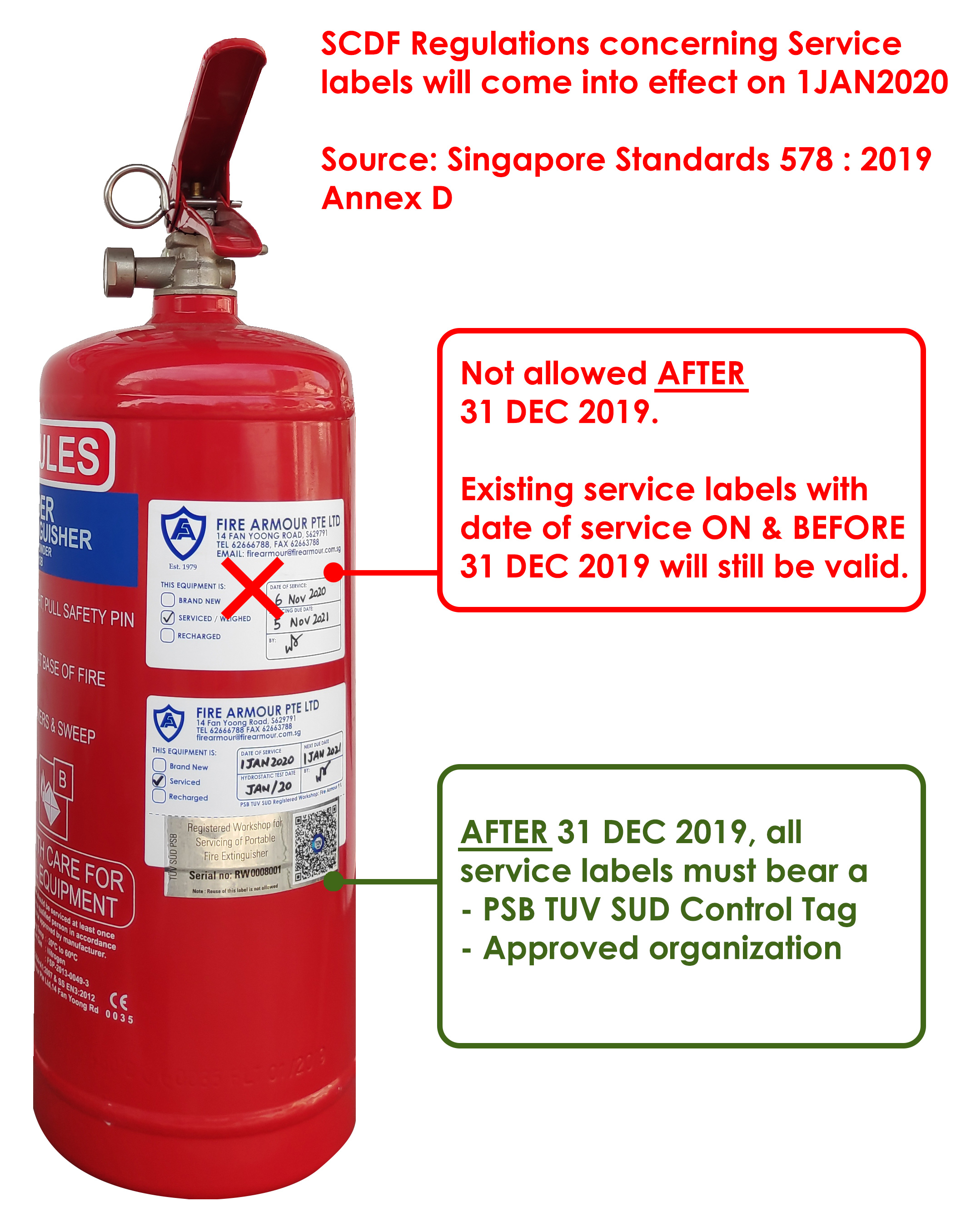


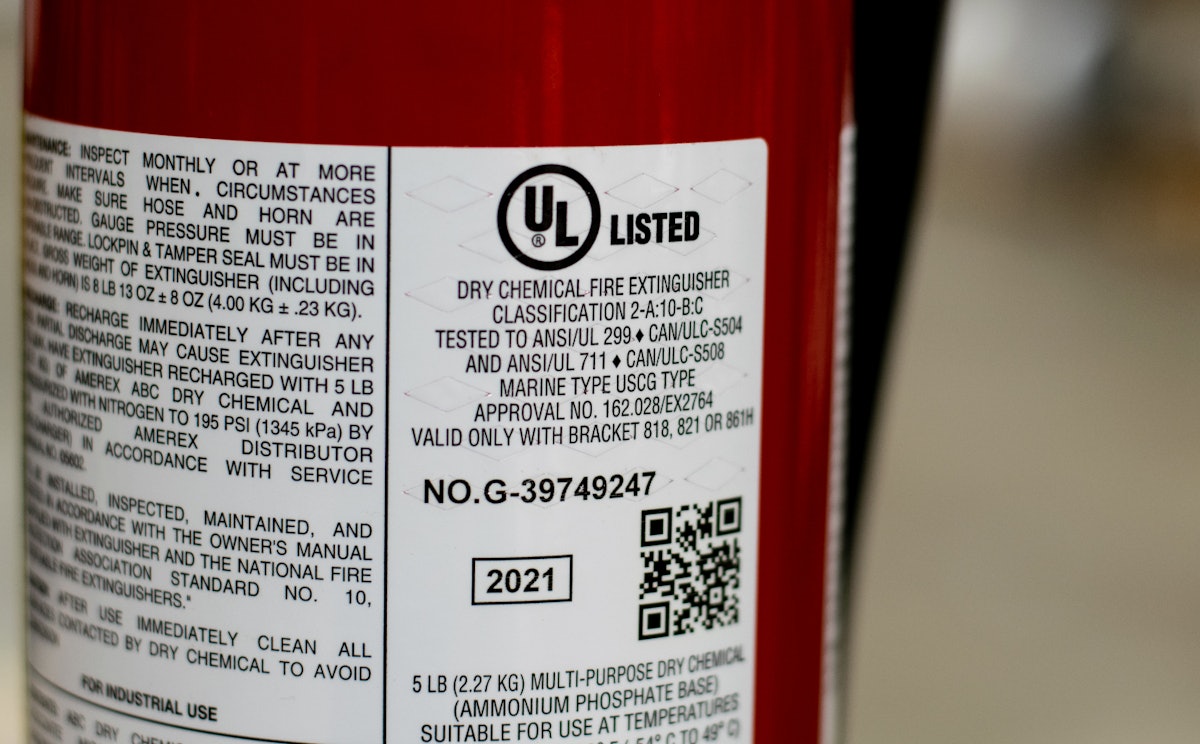
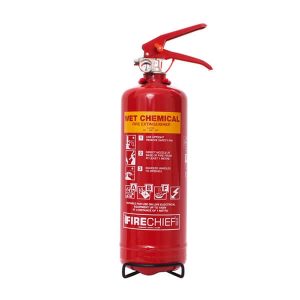

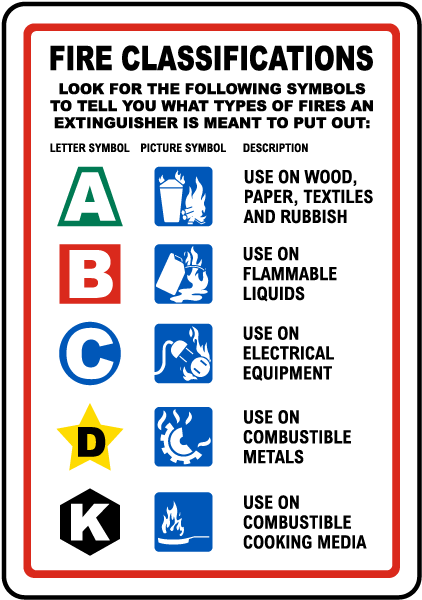
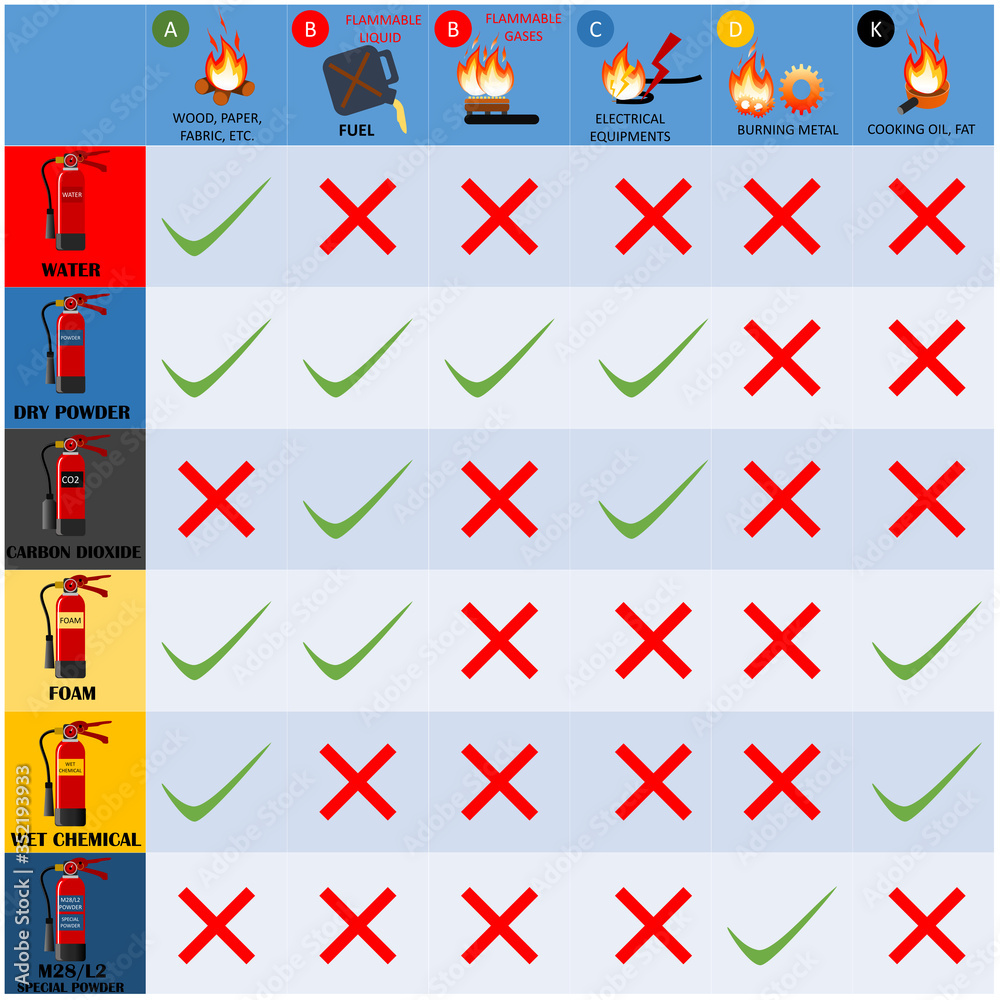
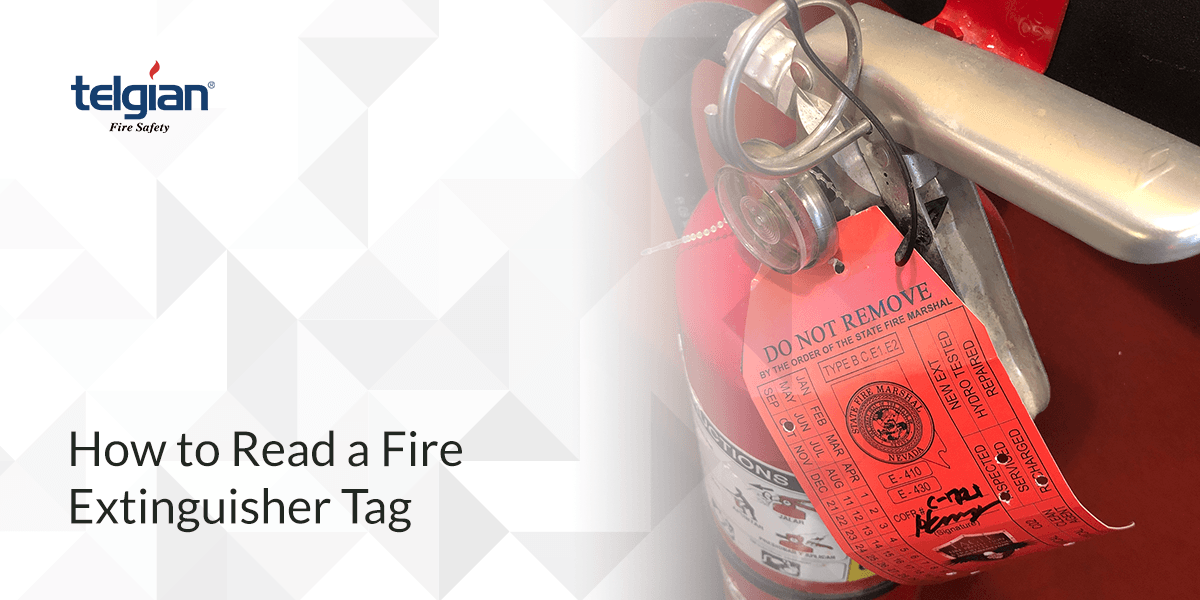
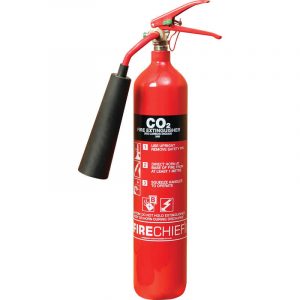
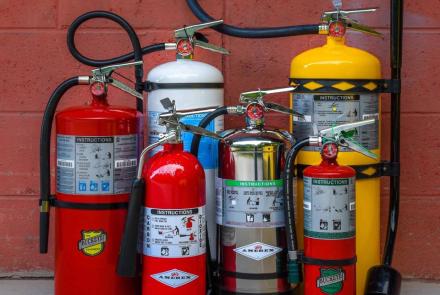

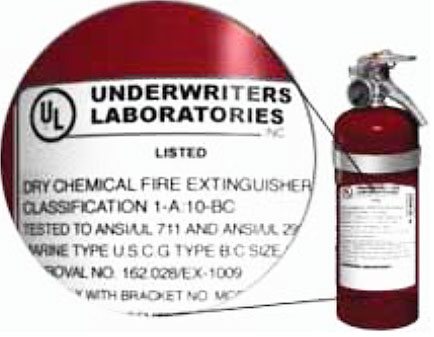

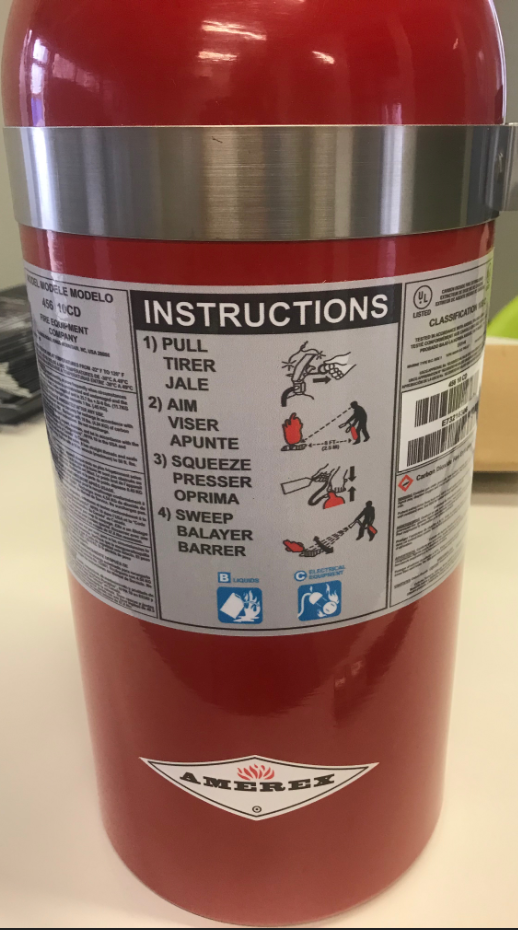



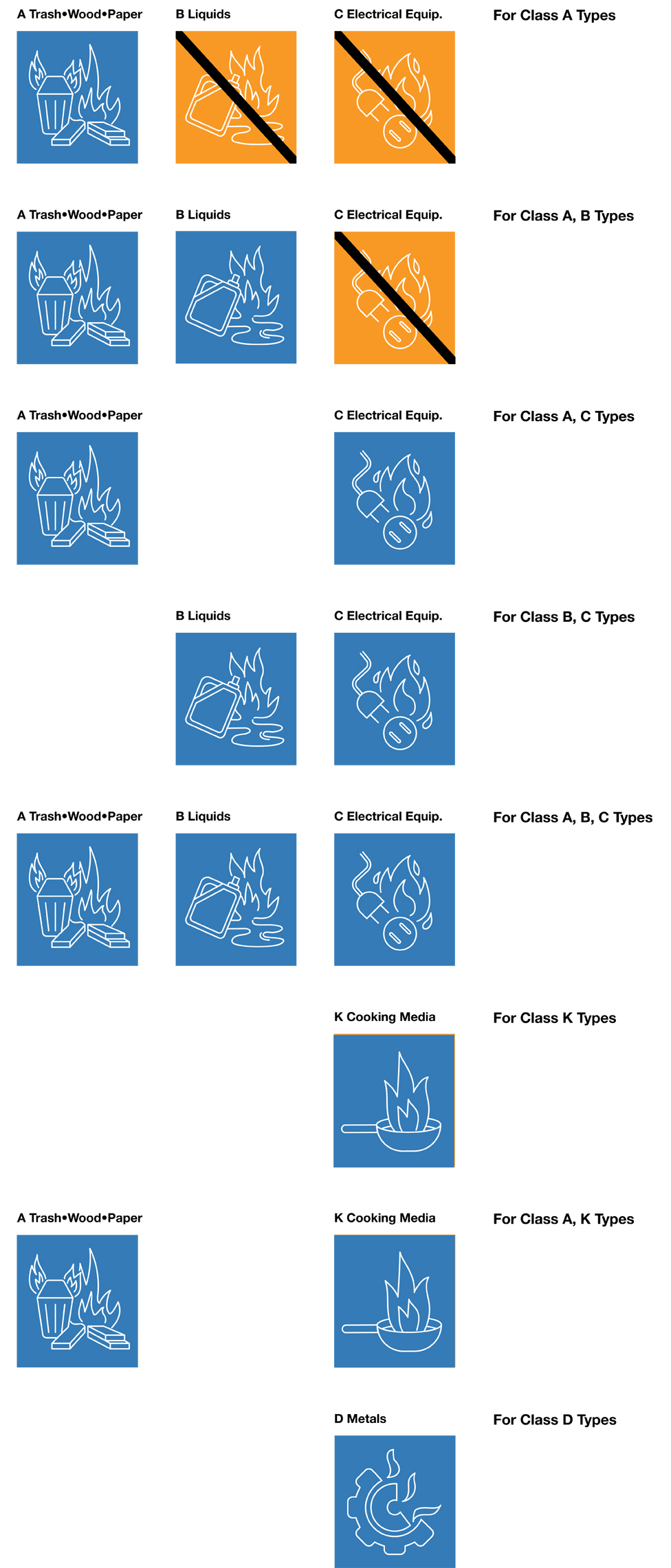
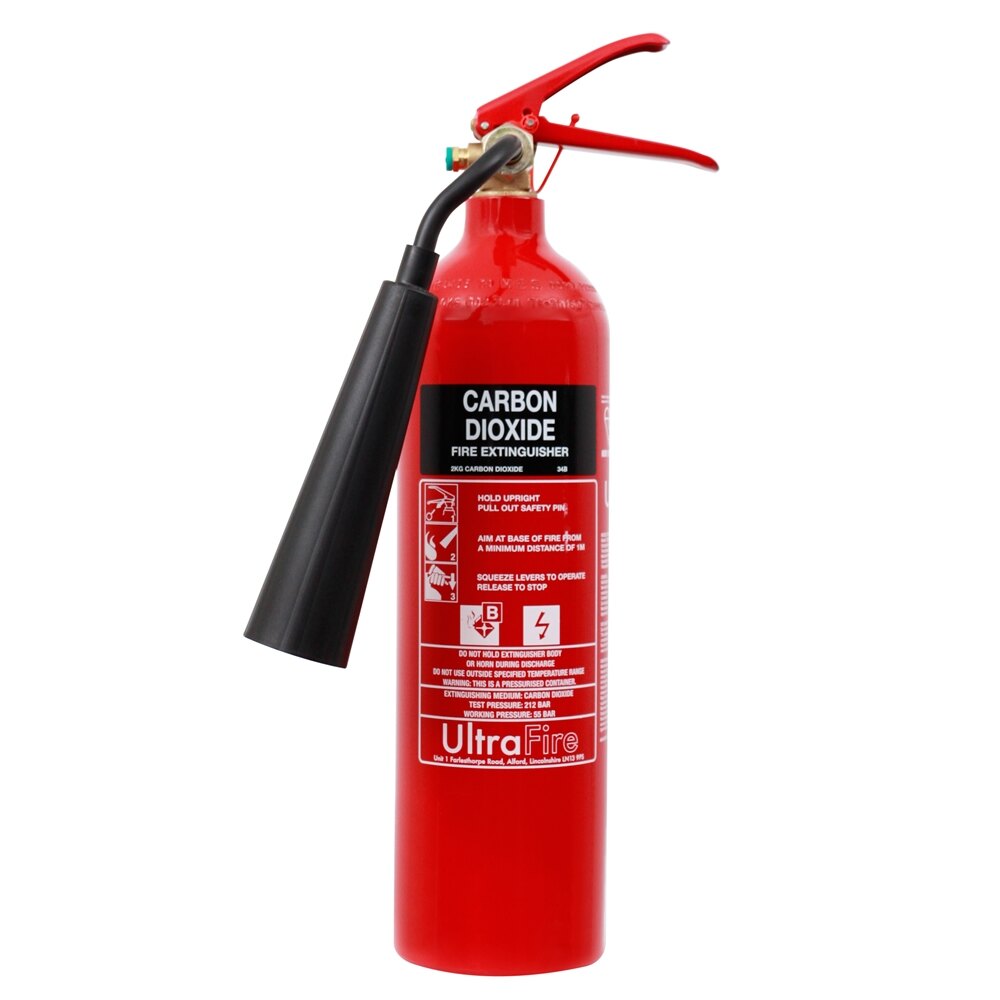
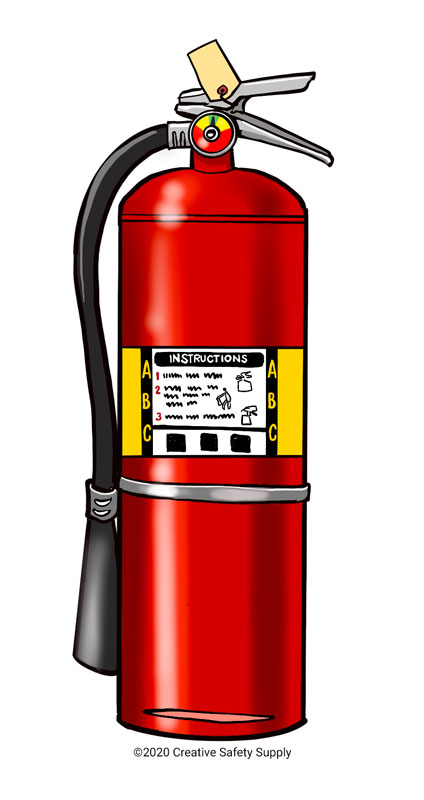
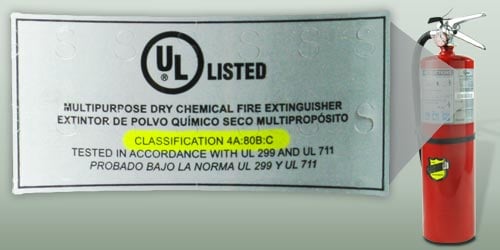
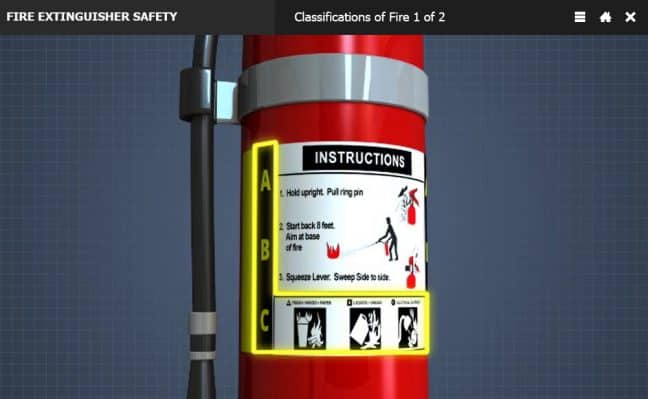
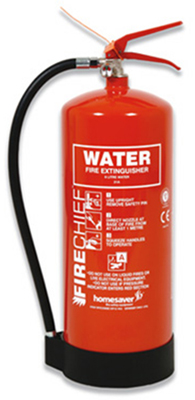
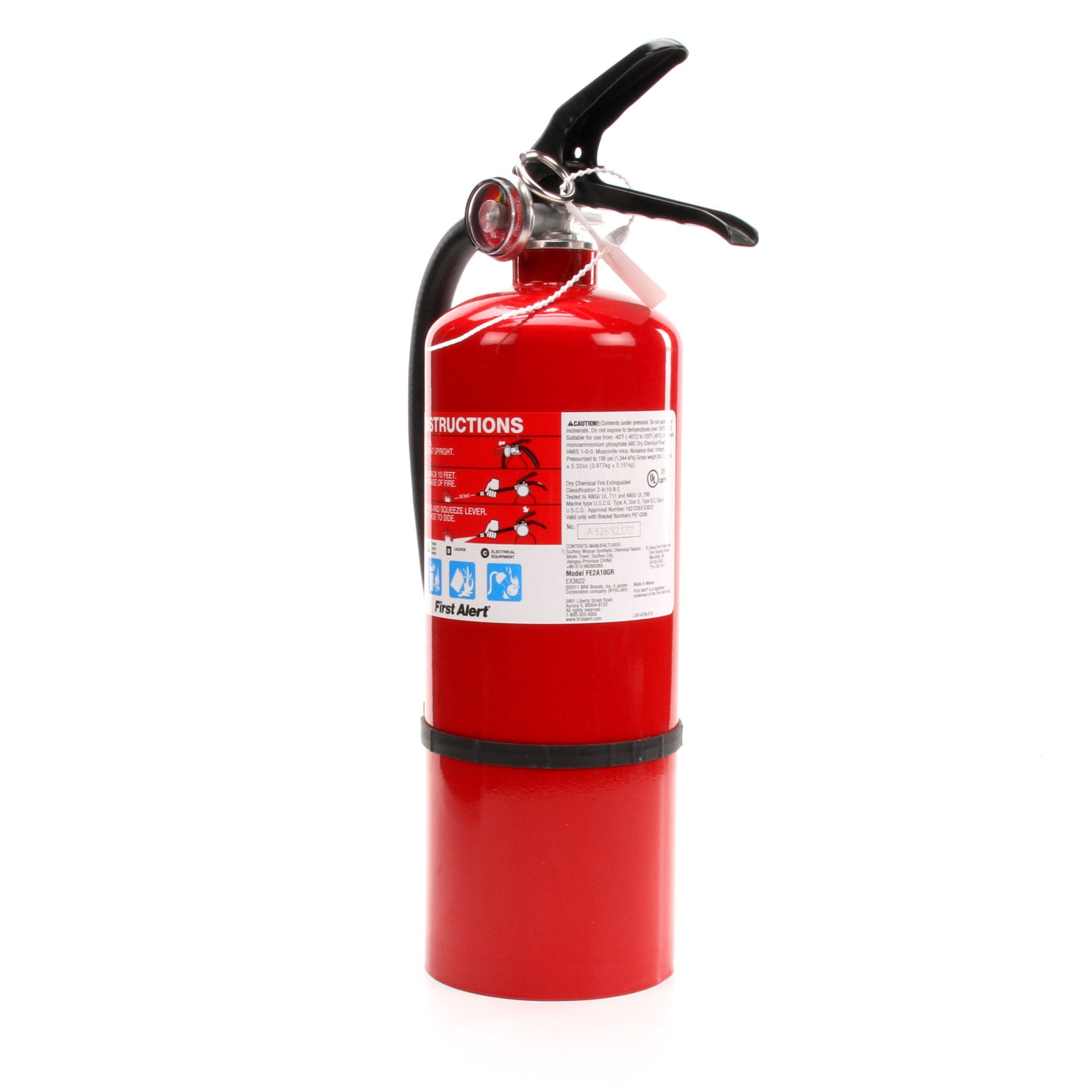
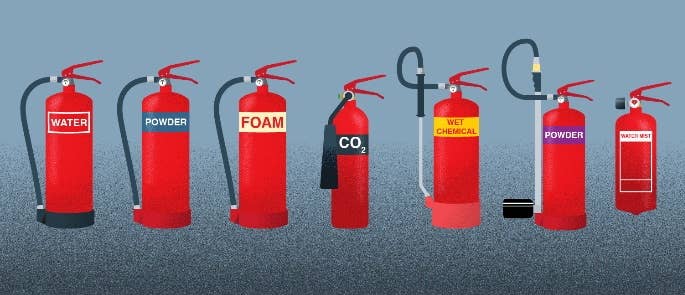
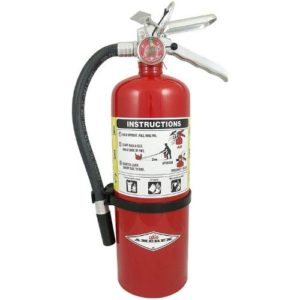

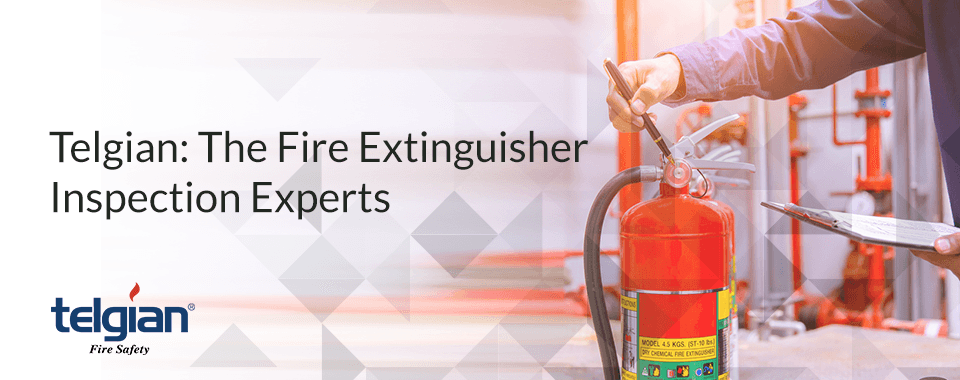

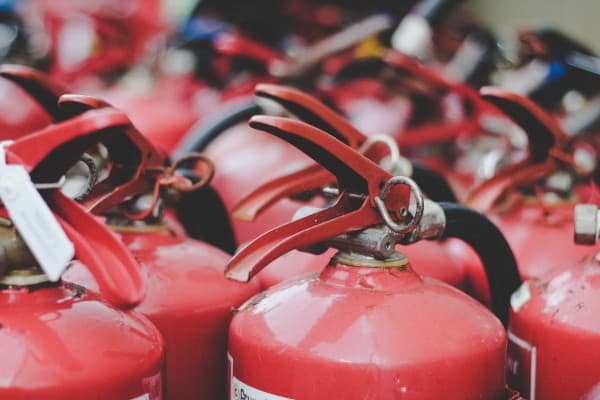
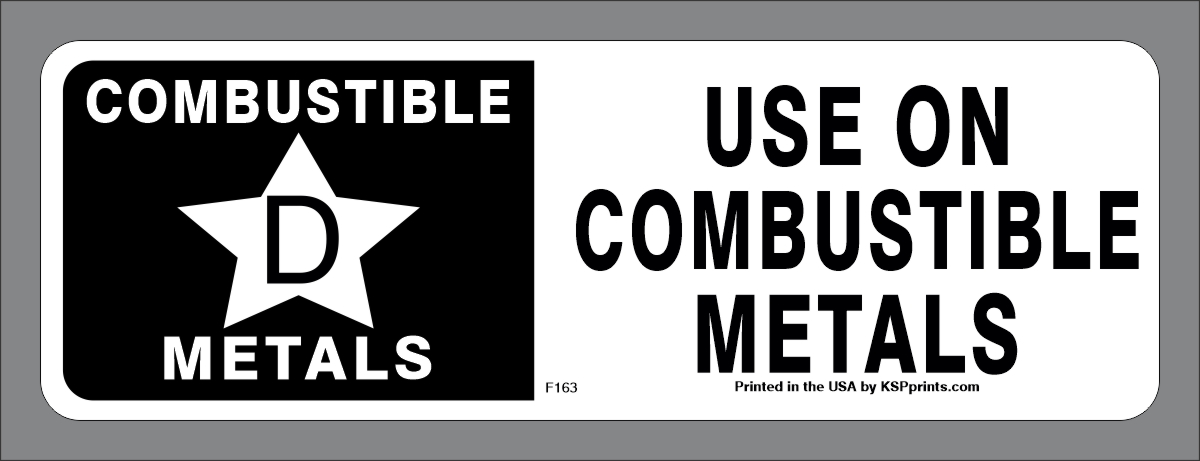
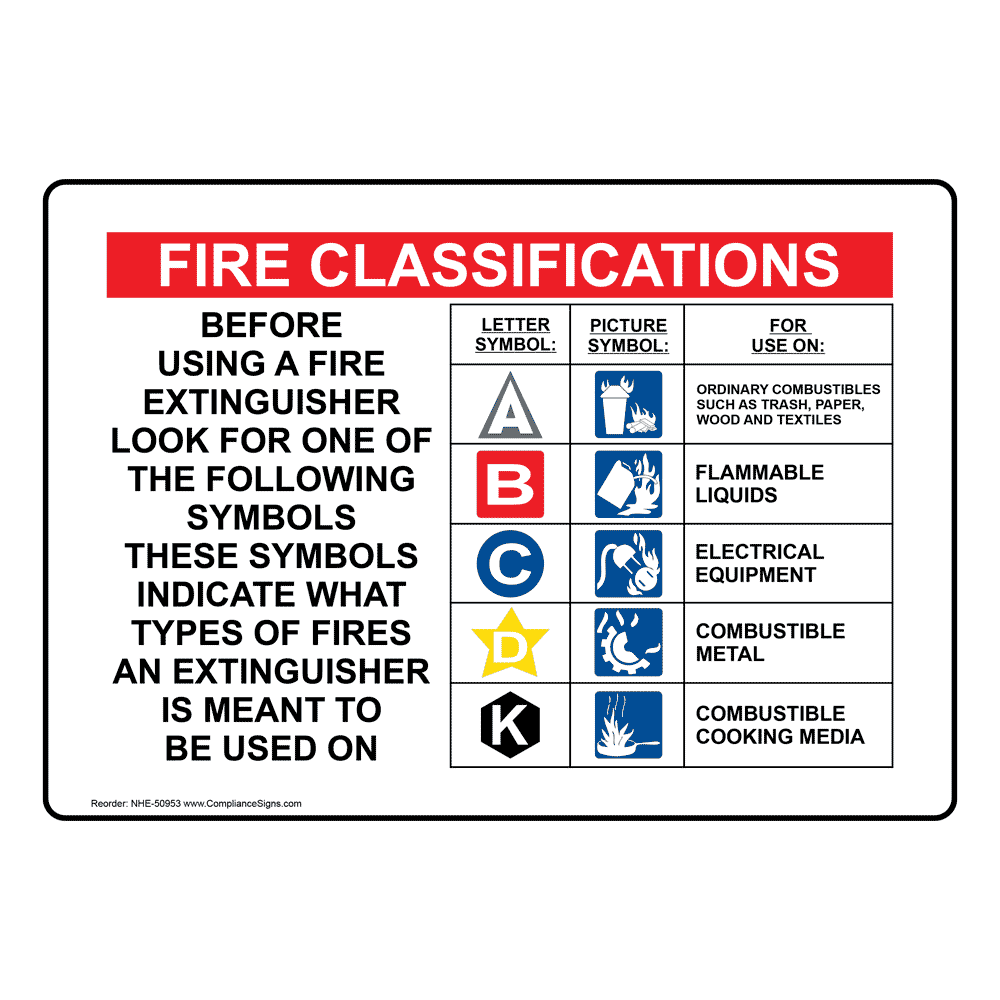
Post a Comment for "38 labels of classification located on fire extinguisher"